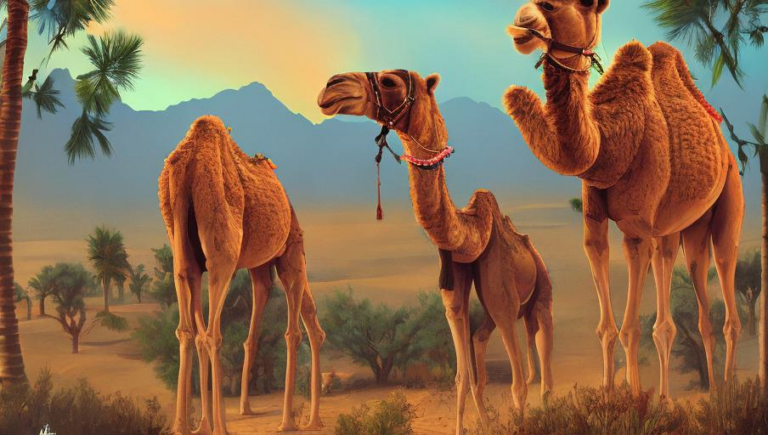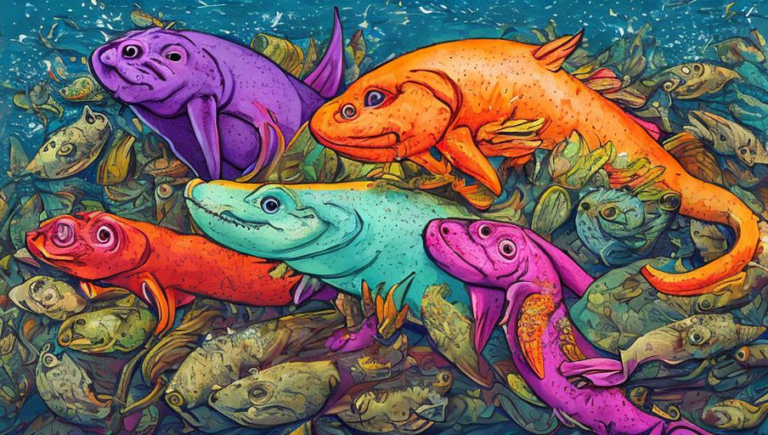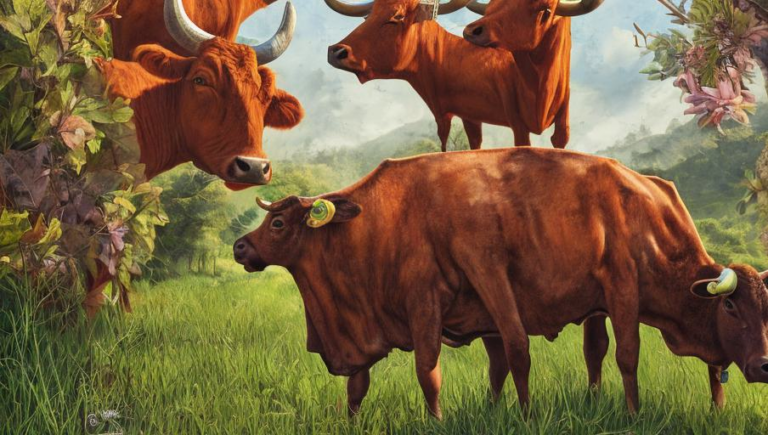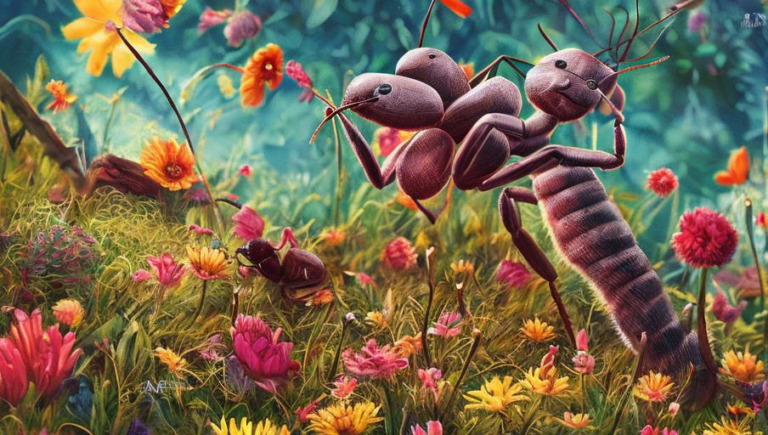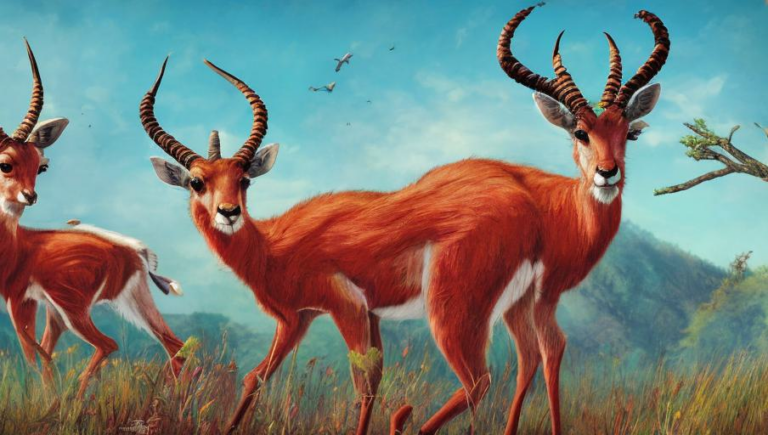Upholding the Conservation of Clams
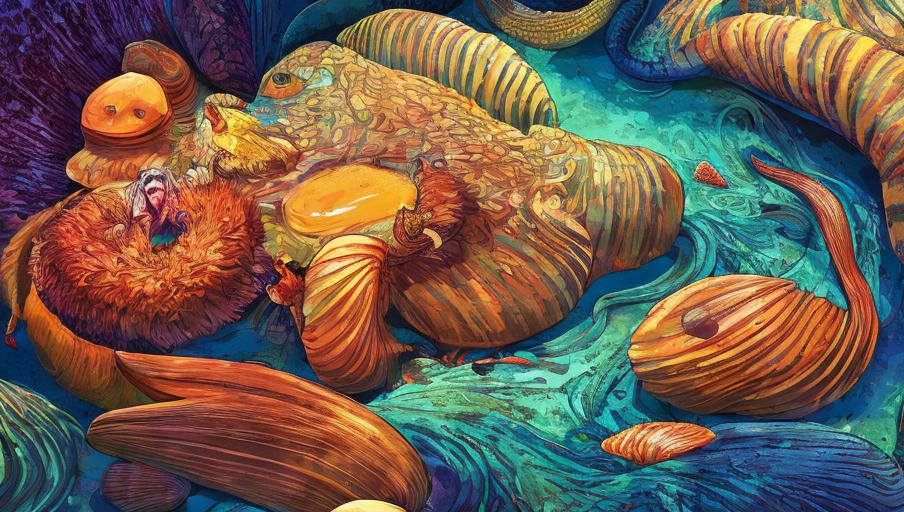
Introduction
Clams are a type of mollusc found in both freshwater and saltwater habitats all around the world. They are an important part of the aquatic ecosystem, providing food for other animals and helping to maintain water quality. Clams play an essential role in the food chain, and their conservation is vital to preserving aquatic habitats.
Clams and their Habitats
Clams are found in both saltwater and freshwater habitats. They live in sand or mud on the ocean floor, in shallow ponds and rivers, and even in brackish water. Clams are filter feeders, meaning they filter the water around them for food particles such as plankton and algae. As filter feeders, they play an important role in maintaining the water quality of their habitats by consuming excess nutrients and helping to keep the water clear.
The Threats to Clam Conservation
Despite their importance to aquatic ecosystems, clams are threatened by a variety of human activities. Overfishing is a major threat to clams, as they are often harvested for both food and bait. Pollution from human activities and the destruction of aquatic habitats can also have a negative effect on clam populations. Additionally, climate change is a major issue for clams, as it can cause their habitats to become too warm or too cold, making them unable to survive.
Conservation Efforts
Fortunately, there are a number of conservation efforts in place that are helping to protect clams and their habitats. For example, many areas have established fishing regulations and catch limits to prevent overfishing. Additionally, conservationists are working to protect and restore aquatic habitats, such as wetlands, to create suitable habitats for clams. Finally, research is being conducted to learn more about the life cycles of clams and how to best protect them.
Conclusion
Clams are an important part of aquatic ecosystems, and their conservation is essential to preserving these habitats. By establishing fishing regulations, restoring aquatic habitats, and conducting research, we can help ensure the future of these important creatures. With the right conservation measures in place, we can ensure that future generations will be able to enjoy the beauty and benefits of clams for years to come.
